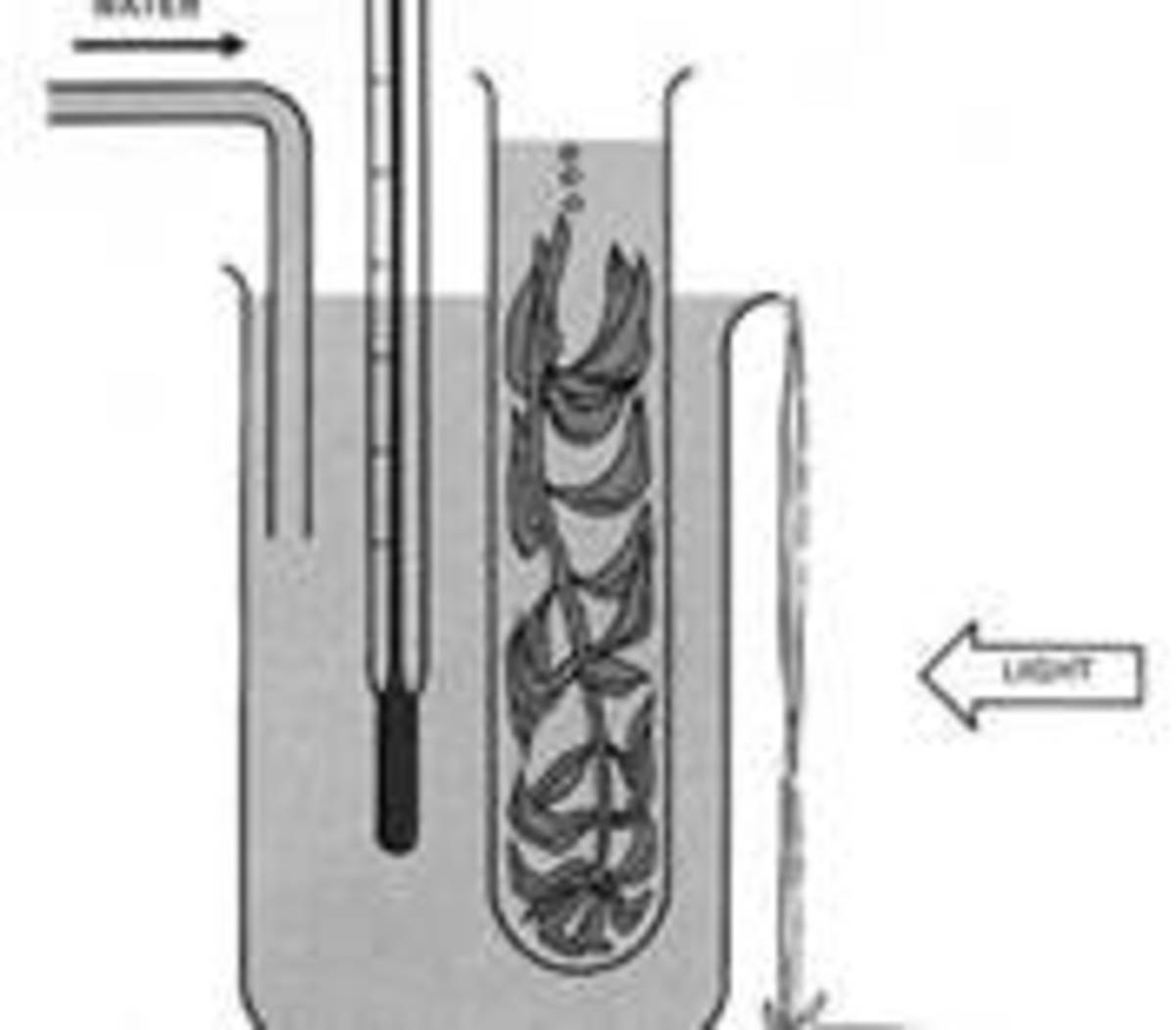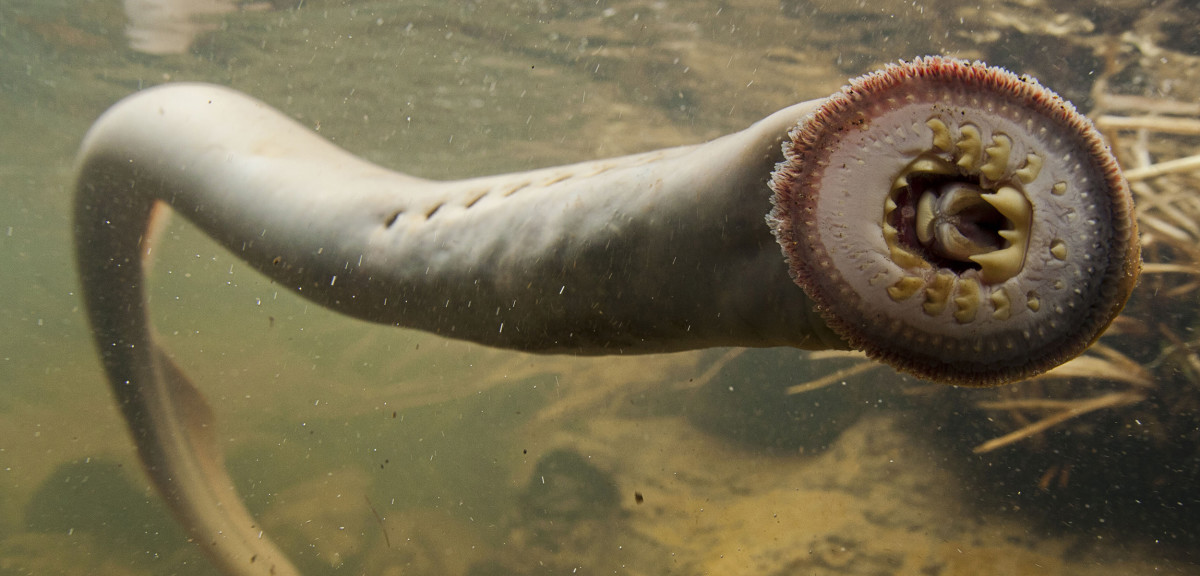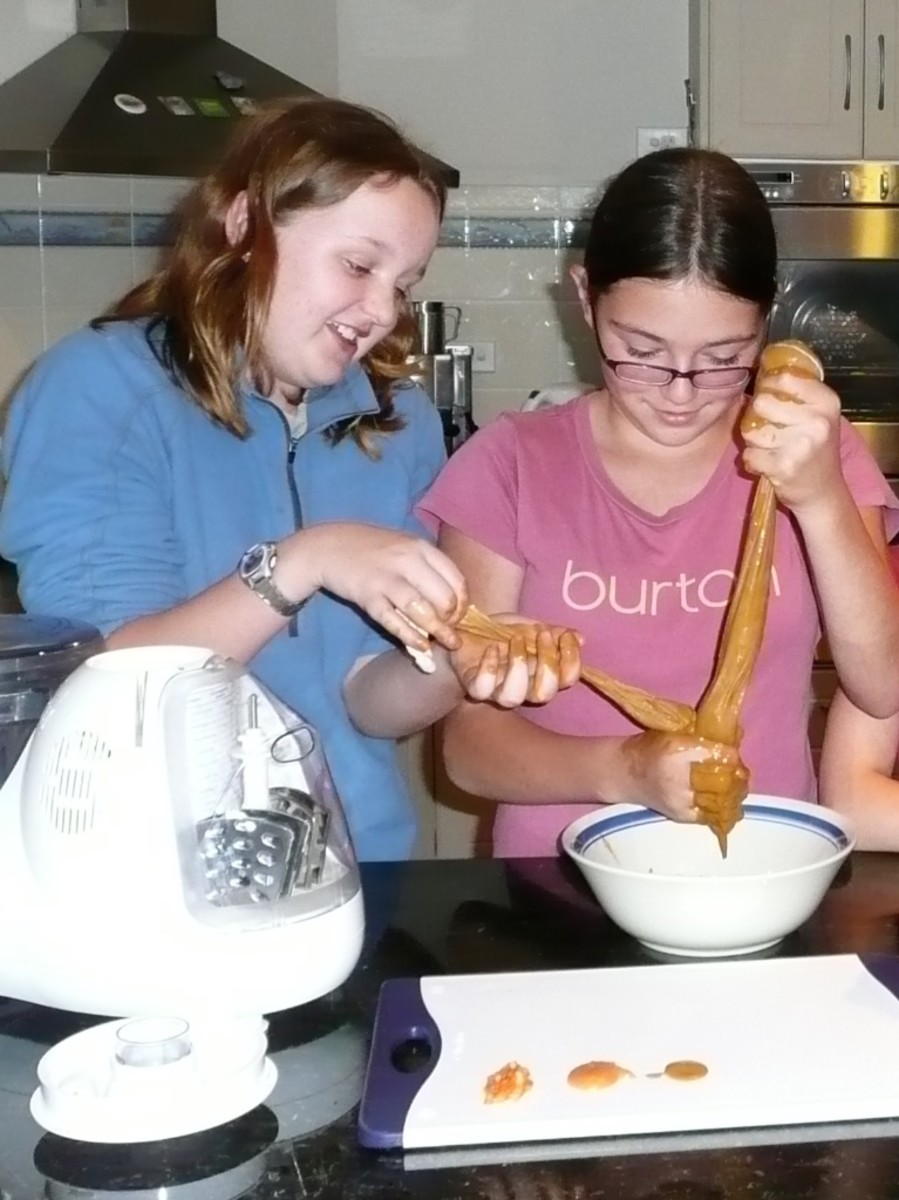Factors Controlling Respiration
So as to use the energy resources like carbohydrates and fatty acids, in a judicious manner, a large number of factors control the rate of respiration. Study on factors controlling respiration is most important as they help us in preservation of food items, designing proper drugs, treatment of several diseases, Pest control and Parasite infection control. So, lets see what are the factors which Control the Respiration.
The role of Oxygen in the Control of Respiration:
What happens to NADH and FADH2 in the absence of Oxygen? NADH and FADH2 are not oxidised and ATP is not produced. So, we can say that availability of Oxygen is one of the major factors controlling the rate of respiration.
Bacteria and Yeast: In absence of Oxygen, organisms like Yeast derive energy by glycolysis and by fermenting the sugars to alcohol.
- Several bacteria produce lactic acid in the absence of Oxygen.
- Availability of Oxygen may be a problem for aquatic organisms but for terrestrial organisms, it not a problem.
What do organisms do it there is less amount of Oxygen?
If very low amount of Oxygen is present in the atmosphere or if the Oxygen supply is not enough to meet the energy demand (during exercising or taking part in Sports), the rate of breathing increases in the animals, so that more Oxygen can be obtained and CO2 can be expelled. This increased in rate of breathing supplies the required amount of Oxygen to meet the needs of the excessive metabolic activities.
Respiration occurs both under Aerobic and Anaerobic conditions:
Lets prove that respiration occurs both under aerobic and anaerobic conditions through two experiments.
Respiration under Aerobic conditions
- Take two wide mouthed glass bottles.
- Keep a beaker containing lime water in each bottle.
- Put some germinating seeds in the first bottle and put some dry seed in another bottle.
- Close the bottles tightly with rubber stopper and apply Vaseline to the mouth of the bottles.
- Vaseline prevents leakage of gases.
- Keep this undisturbed for one or two days.
- We can observe greater amounts of white precipitate in the bottle containing germinating seeds showing more CO2 is released during respiration by germinating seeds.
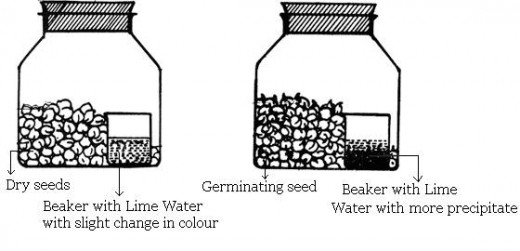
Respiration under Anaerobic conditions
- To demonstrate anaerobic respiration, we can use the same glass apparatus as above.
- Instead of seeds add 150 to 200 ml of glucose solution and bakers yeast.
- We have to cover the glucose solution with oil. This prevents the air from getting in contact with the glucose.
- Put the bottle undisturbed for one or two days.
- When the bottle is opened after 2 days, we can notice the smell of alcohol.
Temperature is critical for Respiration
- Temperature controls the rate of Respiration.
- The rate of respiration doubles for every 10º C increase in temperature.
- The rate of respiration increases upto 45º C.
- But the rate of respiration decreases when the temperature increases beyond 45º C.
Optimum temperature
- The temperature at which the rate of respiration is maximum is called Optimum temperature.
- The rate of respiration decreases at temperature above and below the optimal temperature.
Why is rate of respiration low at low temperatures?
- At low temperatures, enzymes are not active. So, the rate of respiration will be very low.
- That is the reason why food materials are stored in refrigerators and cold storage bins. e.g.: Eggs, fruits, flowers, vegetables, meat, fish etc.
What happens to enzymes in high temperatures?
- Enzymes are denatured (killed) and become inactive at high temperatures.
Experiment to prove that heat is liberated during respiration
- One day before the experiment, take two beakers with seeds (may be beans or peas)
- Add water to the seeds at one beaker and allow them to soak the whole night.
- On the next day morning, take two thermos flasks with a wide mouth which can be closed with a tight fitting cork, put the germinating seeds into one of the flasks and dry seeds into another.
- Make a hole in the cork and insert a thermometer into the cork. (See that the bulb of the thermometer is in the midst of the seeds)
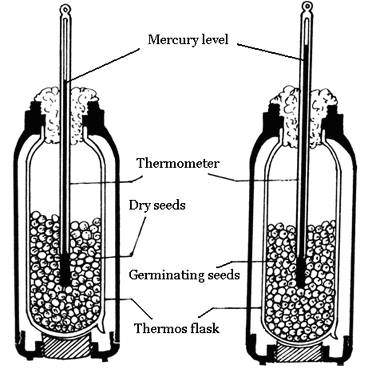
Thermos flask experiment to demonstrate the release of heat energy during respiration.
- Record the temperature in both the flasks at every two or three hour intervals for about 24 hours.
Observation: The temperature in the flask with germinating seeds is higher than the temperature in the flasks with dry seeds.
Inference: This indicates that heat is liberated from the germinating seeds.


